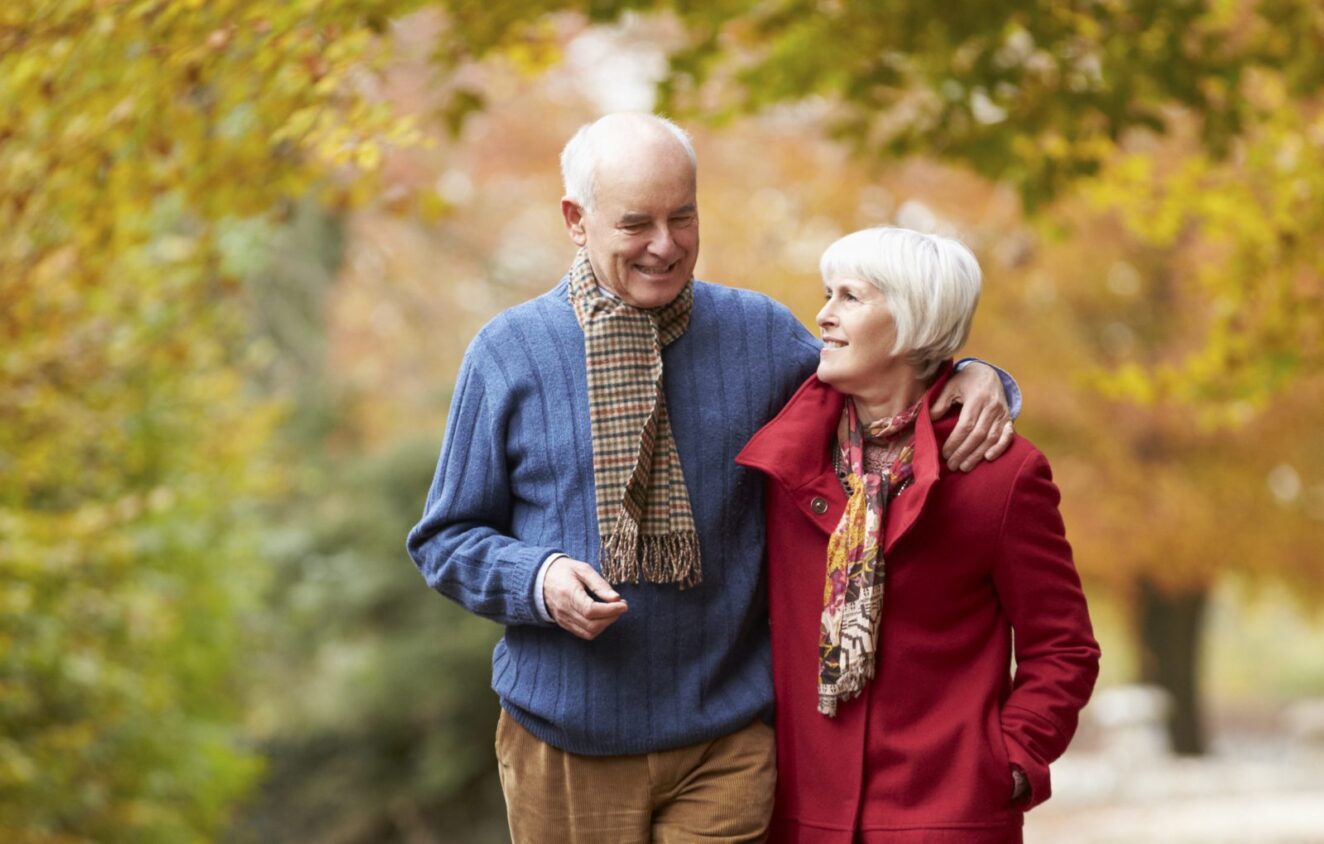
Professor Jon Pynoos
By Jon Pynoos, UPS Foundation Professor of Gerontology, Policy, and Planning at the USC Leonard Davis School of Gerontology
With winter nearly upon us, we’ve traded farmers’ markets and trips to the beach for football games, brisk walks in the park, and other activities in the cooler weather. We’re still as active as ever; we’re just grabbing a coat on our way out the door. Whether you are out and about to stay active or making a quick trip to the store, it’s important to take steps to avoid a fall.
According to the Centers for Disease Control and Prevention, most fractures older people experience are caused by falls. Each year, 2.8 million older adults are treated in emergency departments for their fall injuries. Having a chronic disease such as arthritis, diabetes, or osteoporosis increases the risk of falling.
Many think that only frail older adults need to be concerned about preventing falls, but active older adults are also at risk, especially when outdoors. In fact, researchers at the University of Massachusetts found in 2011 that most older adults who fall outdoors are more active, take fewer medications, and in better health than those who fall indoors.
Thinking about the changing seasons is a perfect opportunity to take steps to reduce falls in your home and during outdoor activities! Falls happen to people of all ages, but the chances of falling, and being seriously injured in a fall, increase with age. However, there are many things you can do to reduce your risk of falls when outdoors.
Be Aware of Where and When You Walk
When walking in the community, watch out for uneven sidewalks. Walk in pairs or groups so you can alert each other of potential hazards. Consider going to well-maintained places like
gyms, malls, and high school tracks. At night, walk where there is plenty of light to help you see where you are going. Carry a small flashlight that can fit in your pocket, purse, or on a keychain so you always have a light source if needed.
Eyewear Can Make a Difference
People with vision problems are more than twice as likely to fall as people without vision problems. Be sure you are wearing the correct eyewear while walking—bifocals or reading glasses make it harder to see hazards on the ground. On bright days, wear sunglasses to help reduce glare. Have your vision checked once a year or when your vision changes. This can ensure your prescriptions are up-to-date.
These Shoes Were Made for Walking
Shoes play an important role in fall prevention, because they can provide traction, or grip, especially when walking across a slippery surface. Wear shoes with firm rubber soles and low heels, and make sure to wear sturdy shoes when exercising. Pay attention to the bottom of your shoes and replace them when the treads begin to wear out. Just like the tires on a car, the soles of your shoes can only walk so many miles before they need to be replaced.
Wintry Weather
Be extra careful during and after stormy and wet weather. Rain, snow, and ice can make any surface slippery. In icy, snowy weather, if you don’t need to go out, wait for conditions to clear. If you must go out, be sure to take your time. Wear footwear with rubber soles and good traction. Increase stability with spikeless ice and snow shoe grippers that attach to the soles of shoes.
Safe Travels
When traveling to new places or in your own neighborhood, it is important to be aware of your surroundings. Try to learn as much as you can about the environment you might encounter before you go. Use caution in parking lots and garages, and be aware of curbs, car stops, and changes in elevation. While riding public transportation such as buses and trains, always use handrails when available. When crossing the street, walk in crosswalks and use curb cuts or ramps when they are present. Stop at islands in the middle of the street when available and wait for the next walk sign. Always take your time; hurrying across streets puts you at risk of falling.
For More Information
- Learn how to reduce your fall risk at StopFalls.org.
- Get tips for maintaining independence at home at HomeMods.org.
- See photos from actual homes that show how design and home modification can support independent living at LifetimeHome.org.
- Watch a Facebook Live Video on staying safe when out in the community from the National Council on Aging and USC’s Fall Prevention Center of Excellence: https://facebook.com/NCOAging/videos/1440726132649062/.





